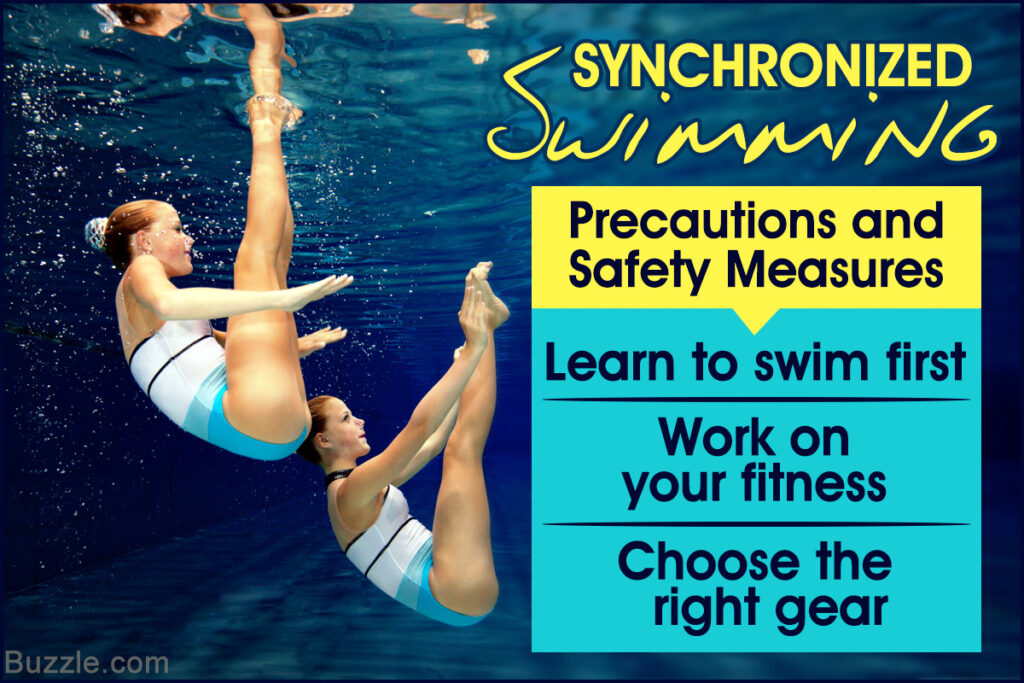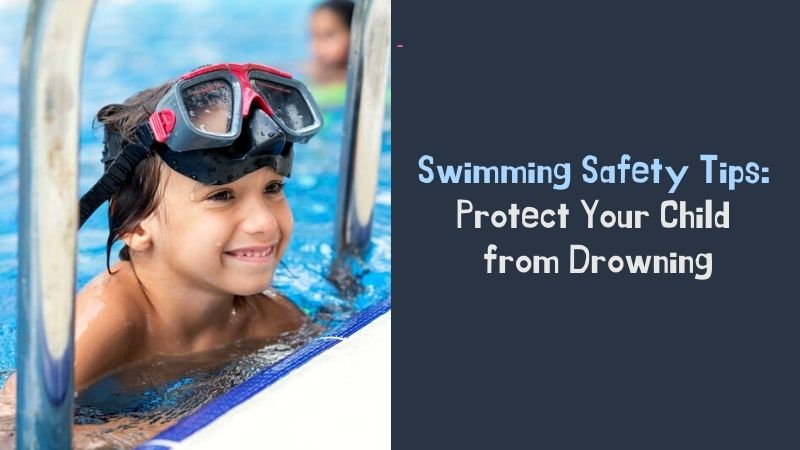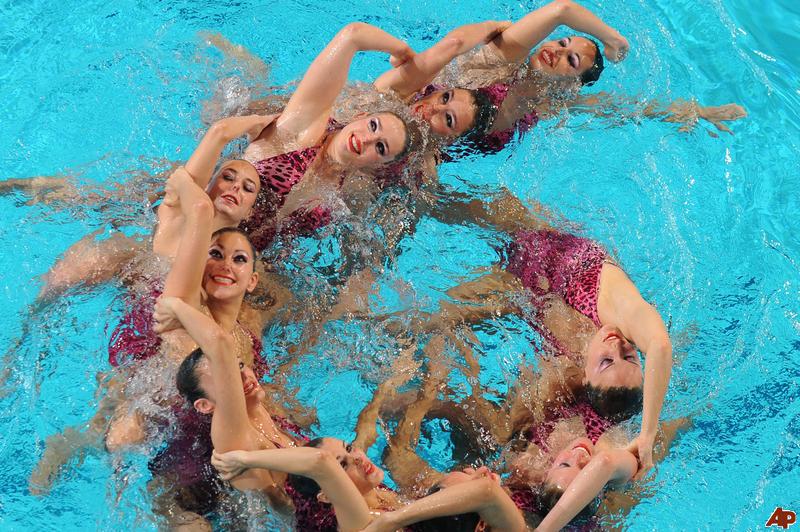
Are you a fan of synchronized swimming, or are you thinking about trying it out for the first time? If so, it’s crucial to prioritize your safety in the water. In this article, you will discover a range of essential safety measures that you should consider when participating in synchronized swimming. Whether you’re a beginner or seasoned swimmer, these tips and precautions will help ensure that you can fully enjoy this captivating underwater art form without any worries. So, let’s dive right in and explore the crucial safety measures that you should keep in mind to make your synchronized swimming experience both enjoyable and secure.
1. Proper Training and Conditioning
1.1 Learning Proper Techniques
When participating in synchronized swimming, it is crucial to learn and master the proper techniques. This includes learning the correct body positions, movements, and transitions. Proper techniques not only enhance the visual appeal of the routine but also minimize the risk of injury. It is recommended to enroll in swimming classes specifically tailored for synchronized swimming or join a synchronized swimming team where qualified coaches can provide guidance and instruction.
1.2 Maintaining Physical Fitness
Synchronized swimming requires a high level of physical fitness, as it combines endurance, strength, flexibility, and coordination. It is important to maintain a regular fitness routine that includes cardiovascular exercises, strength training, and stretching. This will help improve stamina, muscular strength, and range of motion. Incorporating activities such as yoga or Pilates can also enhance flexibility, which is essential for executing the intricate movements and formations in synchronized swimming.
1.3 Practicing with Qualified Coaches
Practicing synchronized swimming under the guidance of qualified coaches is crucial for both safety and skill development. Coaches can provide valuable feedback on technique, correct mistakes, and ensure that participants are working on specific areas for improvement. They can also supervise training sessions, monitor safety measures, and implement appropriate progressions in training to prevent overexertion or injury. Coaches play a vital role in creating a safe and supportive environment for synchronized swimmers to thrive.
2. Appropriate Use of Safety Equipment
2.1 Wearing Nose Clips
Wearing nose clips is essential in synchronized swimming as it helps prevent water from entering the nasal passages. This is important to avoid the risk of sinus infections or rhinitis. Nose clips also allow swimmers to focus on their performance without the distraction of water entering their noses. It is recommended to choose nose clips that provide a secure fit and do not cause discomfort during swimming.
2.2 Using Ear Plugs
In synchronized swimming, the constant exposure to water can lead to ear infections or other ear-related issues. Using ear plugs helps to minimize the risk by preventing water from entering the ear canal. It is important to use ear plugs specifically designed for swimming, as they are water-resistant and provide a snug fit. Regularly cleaning and disinfecting ear plugs is also crucial to maintain hygiene and reduce the risk of infection.
2.3 Wearing Goggles
Wearing goggles is not only important for clear visibility underwater but also for eye protection. Chlorinated water in swimming pools can cause eye irritation and redness. Goggles act as a barrier, protecting the eyes from the harsh chemicals in the water. They also prevent debris or irritants from entering the eyes, reducing the risk of eye infections or injuries. When selecting goggles, it is essential to choose ones that fit properly and provide a watertight seal.
2.4 Utilizing Safety Harnesses
When practicing complex or acrobatic moves in synchronized swimming routines, it is important to utilize safety harnesses. Safety harnesses are designed to provide support and prevent participants from falling or hitting the bottom of the pool during lifts or jumps. Harnesses should be properly secured and adjusted to avoid any accidents or injuries. Working with qualified coaches who can supervise and instruct the proper use of safety harnesses is essential to ensure their effectiveness.

This image is property of pixfeeds.com.
3. Hydration and Nutrition
3.1 Staying Hydrated
Maintaining proper hydration is crucial for optimal performance and safety in synchronized swimming. During intense training sessions or performances, the body loses a significant amount of water through sweat. It is important to drink an adequate amount of water before, during, and after swimming to replenish lost fluids. Dehydration can lead to muscle cramps, fatigue, and even heatstroke. Carrying a water bottle and taking regular sips during breaks is an effective way to stay hydrated.
3.2 Consuming Balanced Meals
Proper nutrition plays a significant role in sustaining energy levels and overall performance in synchronized swimming. It is important to consume a balanced diet that includes a variety of nutrient-rich foods such as lean proteins, whole grains, fruits, vegetables, and healthy fats. These provide essential vitamins, minerals, and antioxidants that support muscle function, repair, and recovery. Avoiding excessive consumption of processed foods or sugary snacks is recommended to maintain optimal health and energy levels.
3.3 Avoiding Excessive Caffeine or Alcohol
While it’s tempting to rely on caffeine for an energy boost or unwind with alcohol after a training session, it is important to consume these substances in moderation. Excessive caffeine intake can lead to dehydration, increased heart rate, and disrupted sleep patterns. Similarly, alcohol can impair coordination, reaction time, and judgment, increasing the risk of accidents or injuries. It is best to prioritize hydration and choose non-alcoholic alternatives for optimal safety and performance.
4. Injury Prevention
4.1 Proper Warm-up and Stretching
Before diving into intense training or performing routines, it is crucial to warm up properly. Warm-up exercises increase body temperature, stimulate blood flow, and prepare muscles for physical activity. Incorporating dynamic stretches that target the major muscle groups involved in synchronized swimming can help prevent muscle strains or sprains. Additionally, performing cooldown exercises and static stretches after each session helps promote muscle recovery and flexibility.
4.2 Monitoring Pool Conditions
Regularly monitoring pool conditions is essential for ensuring a safe training environment. It is important to check the water quality, temperature, and clarity to prevent any potential health hazards. Pool maintenance, including regular cleaning and sanitization, is crucial to minimize the risk of infections or waterborne diseases. Additionally, maintaining proper pool depth and ensuring the absence of any hazards or obstacles is paramount to prevent accidents during training or performances.
4.3 Avoiding Overexertion
While it is important to challenge oneself and strive for improvement in synchronized swimming, it is equally important to avoid overexertion. Pushing beyond one’s physical limits can increase the risk of fatigue, muscle strains, and other injuries. It is important to listen to your body and take breaks when needed. Adequate rest and recovery periods are crucial for muscle repair and preventing burnout. Work with coaches to develop a training plan that incorporates progressive overload and allows for proper recovery.
4.4 Incorporating Recovery Periods
Synchronized swimming involves intense physical activity that can place strain on the body. To prevent injuries and promote overall well-being, it is essential to incorporate regular recovery periods into the training schedule. Recovery periods allow the body to repair and rebuild muscles, reduce the risk of overuse injuries, and improve overall performance. Activities such as rest days, low-intensity cross-training, and self-care practices like stretching or foam rolling can aid in the recovery process.

This image is property of theonlinesynchrocoach.com.
5. Communication and Signal System
5.1 Establishing Clear Hand Signals
Clear communication is crucial during synchronized swimming routines to ensure smooth transitions and synchronization. Establishing a set of clear hand signals that all team members understand and utilize is essential. These hand signals can indicate when to begin or end a movement, change formations, or indicate specific actions required during the routine. Consistent and effective communication through hand signals enhances the safety and overall performance of the team.
5.2 Ensuring Audible Communication Underwater
As synchronized swimming routines often involve sequences performed underwater, establishing audible communication techniques is essential. Using underwater communication devices or relying on specific vocal cues can help synchronize movements and ensure everyone is on the same page. This is particularly important when executing complex lifts or intricate formations that require precise timing. Regular practice and coordination drills can help team members develop a strong sense of audible communication underwater.
6. Partner and Team Safety Awareness
6.1 Conducting Regular Safety Meetings
Maintaining partner and team safety awareness is crucial in synchronized swimming. Conducting regular safety meetings provides an opportunity for team members and coaches to discuss safety protocols, address any concerns, and reinforce safety measures. These meetings can cover topics such as proper technique reminders, safety equipment usage, and emergency action plans. Open communication and collaboration within the team foster a safe and supportive environment for everyone involved.
6.2 Familiarizing with Teammates’ Abilities
Knowing and understanding the abilities and limitations of teammates is essential for ensuring safety during synchronized swimming routines. Different individuals may have different levels of skill, strength, or flexibility. Team members should familiarize themselves with each other’s abilities to facilitate appropriate partnering, prevent accidents, and modify routines as necessary. This awareness allows for effective teamwork and reduces the risk of injuries or accidents.
6.3 Practicing Proper Distance and Spacing
Maintaining proper distance and spacing between team members is crucial during synchronized swimming. Accidents can occur when swimmers collide or accidentally make contact during routines. Team members should practice and train to maintain the appropriate spacing required for each movement or formation. Maintaining spatial awareness and coordination with teammates helps minimize the risk of collisions and ensures the safety and synchronicity of the routine.

This image is property of www.swimoutlet.com.
7. Emergency Action Plan
7.1 Creating and Practicing an Emergency Plan
Having a well-defined emergency action plan is essential for any synchronized swimming team. This plan should outline the necessary steps to be taken in case of an emergency, including injuries or other safety-related incidents. It should include contact information for emergency services, procedures for notifying coaches or team leaders, and the location of emergency equipment. Regular practice and rehearsal of the emergency plan will help ensure a swift and effective response during actual emergencies.
7.2 Assigning Roles and Responsibilities
In the event of an emergency, clear roles and responsibilities assigned to team members can help streamline the response and ensure a coordinated effort. Designating individuals to call emergency services, provide first aid, or manage the situation can help prevent confusion and ensure a fast and appropriate response. Regularly reviewing these roles and practicing emergency scenarios will reinforce preparedness and enhance team safety.
7.3 Identifying Emergency Exits and Safety Equipment Locations
Familiarizing oneself with the layout of the pool facility and identifying emergency exits and safety equipment locations is crucial for quick and efficient evacuation during emergencies. Knowing the nearest exits, fire alarms, and location of first aid kits can save valuable time in critical situations. Regularly reviewing and refreshing this knowledge ensures that team members are prepared to act swiftly and safely during emergencies.
8. Monitoring Water and Weather Conditions
8.1 Regular Water Quality Testing
Regular water quality testing is essential for maintaining a safe swimming environment. Testing for appropriate chlorine levels, pH balance, and the presence of harmful bacteria or contaminants is crucial in preventing waterborne diseases or infections. Pool managers or facility operators should conduct regular water quality testing and promptly address any issues that arise. Swimmers should also be vigilant and report any signs of water quality concerns to their coaches or facility staff.
8.2 Monitoring Chlorine Levels
Chlorine is commonly used in swimming pools to maintain water cleanliness and prevent the growth of harmful bacteria. However, excessive levels of chlorine can cause eye and skin irritation, respiratory problems, and other health issues. Regularly monitoring and maintaining appropriate chlorine levels is essential for the safety and well-being of synchronized swimmers. Pool operators should follow established guidelines and regulations for chlorine usage to minimize any potential health risks.
8.3 Assessing Weather Conditions for Outdoor Practices
If practicing synchronized swimming outdoors, it is crucial to assess weather conditions before each session. High winds, thunderstorms, or other inclement weather can pose significant safety risks. It is important to prioritize the safety of participants and postpone or reschedule outdoor practices if adverse weather conditions are present or imminent. Constant monitoring of weather forecasts, along with clear communication between coaches and team members, ensures that practices are conducted in a safe and controlled environment.

This image is property of www.ymca-bc.org.
9. Preparing for Injuries or Accidents
9.1 Having First Aid Kit and Emergency Contacts Onsite
Having a fully stocked first aid kit readily available at the poolside is essential. The first aid kit should include items such as bandages, wound dressings, antiseptic solutions, and any necessary medications or specific supplies for synchronized swimming-related injuries. It is also important to have a list of emergency contacts prominently displayed and easily accessible. Coaches, team leaders, and participants should be familiar with the contents of the first aid kit and the appropriate procedures to follow in case of an injury or accident.
9.2 Enforcing Comprehensive Risk Assessment
Conducting comprehensive risk assessments prior to each practice session or performance is crucial. Identifying potential hazards or safety concerns allows for proactive measures to be implemented to minimize the risk of accidents or injuries. Risk assessments should cover factors such as pool conditions, equipment safety, routines, and environmental conditions. Regularly reviewing and updating risk assessments ensures that all safety aspects are considered and addressed appropriately.
9.3 Ensuring Adequate Insurance Coverage
Having adequate insurance coverage is important for the protection of synchronized swimming participants, coaches, and the team as a whole. Insurance coverage should include liability coverage in case of accidents, injuries, or property damage during practices or performances. It is essential to review insurance policies and ensure that they align with the specific needs and risks associated with synchronized swimming. Consulting with insurance providers and seeking professional advice will help secure appropriate coverage.
10. Continuous Education and Skill Improvement
10.1 Staying Informed about Latest Safety Techniques
Continuous education and staying informed about the latest safety techniques are crucial in promoting safety in synchronized swimming. Coaches, team leaders, and participants should actively seek out reliable resources such as industry publications, research articles, or safety guidelines to stay updated on best practices. Regularly attending conferences, seminars, or workshops focused on synchronized swimming safety can provide valuable insights and foster a culture of continuous improvement.
10.2 Attending Safety Workshops and Seminars
Attending safety workshops and seminars specifically designed for synchronized swimming is highly beneficial. These educational opportunities provide a platform for learning, sharing experiences, and gaining practical knowledge on different safety aspects. Workshops and seminars often cover topics such as injury prevention, emergency preparedness, and best practices in coaching and training. Actively participating in these events helps develop a well-rounded understanding of safety measures and encourages the incorporation of new strategies for enhanced safety.
In conclusion, participating in synchronized swimming requires careful attention to safety measures to ensure the well-being and performance of all involved. Proper training and conditioning, appropriate use of safety equipment, hydration and nutrition, injury prevention techniques, effective communication, partner and team safety awareness, emergency action planning, monitoring water and weather conditions, preparedness for injuries or accidents, and continuous education and skill improvement are all essential components of a comprehensive safety approach. By prioritizing safety in synchronized swimming, participants can enjoy the sport to its fullest while minimizing the risk of accidents or injuries.

This image is property of theonlinesynchrocoach.com.






